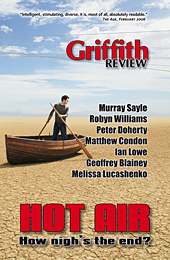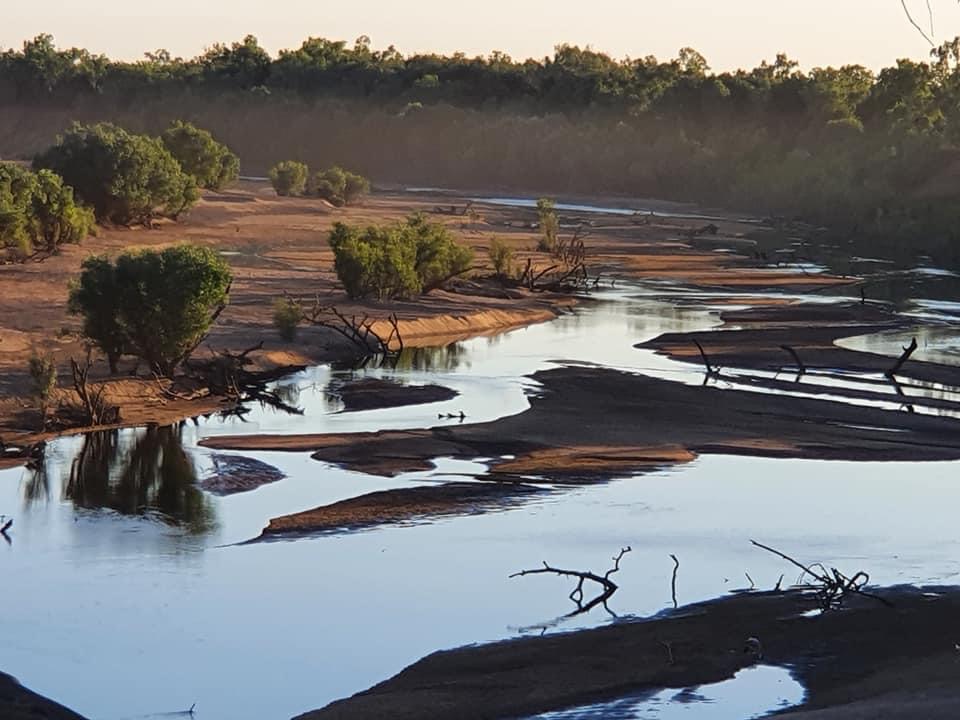Featured in

- Published 20060606
- ISBN: 9780733318603
- Extent: 284 pp
- Paperback (234 x 153mm)

Already a subscriber? Sign in here
If you are an educator or student wishing to access content for study purposes please contact us at griffithreview@griffith.edu.au
Share article
More from author

A Martuwarra Serpent stirs in its sleep…
Non-fictionAboriginal people are usually confident in the enduring nature of knowledge (not just belief) because that other mob down the road has the same story, or a similar one. It is a multispecies and layered story, and that is precisely what makes it creative, unlike so much of continuing Western materialist ideas and practices.
More from this edition

We are all Tuvaluans
ReportageView images of Tuvalu featured in Edition 12: Hot Air at photographer Jocelyn Carlin's website. TATOU NE TUVALU Katoa – "We are all Tuvaluans" is often used in...

Confessions of a weather nut
MemoirIT WAS AN innocent enough remark. "Looks like rain," he'd said, gesturing toward the bank of clouds looming over the city."No way," I said,...

Overloading Emoh Ruo: the rise and rise of hydrocarbon civilisation
EssayShortlisted, 2006 Queensland Premier’s Literary Awards, Science WritingShortlisted, 2006 Queensland Premier’s Literary Awards, Literary Work Advancing Public DebateShortlisted: 2006 Eureka Prize, Science JournalismNO ONE...